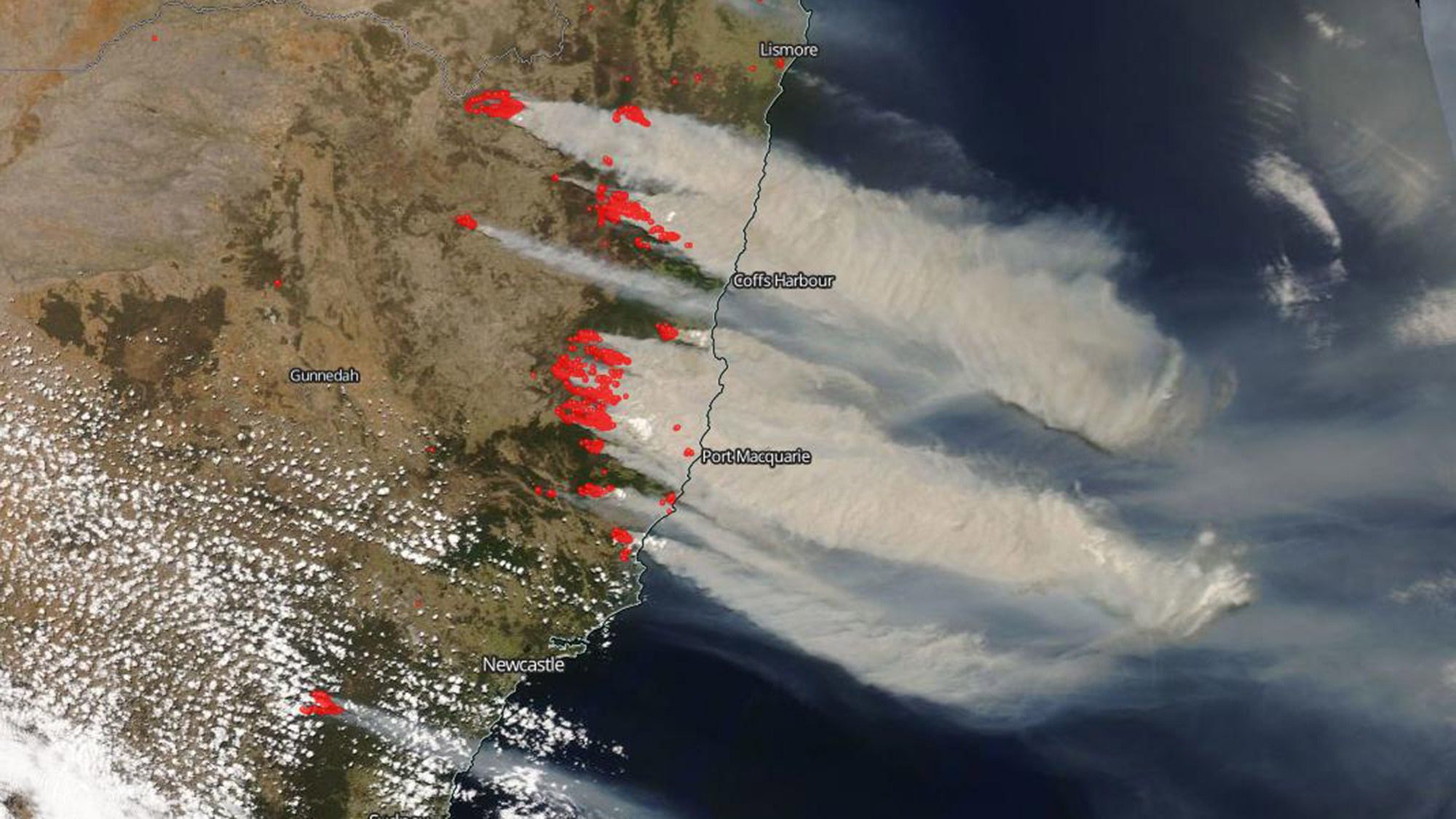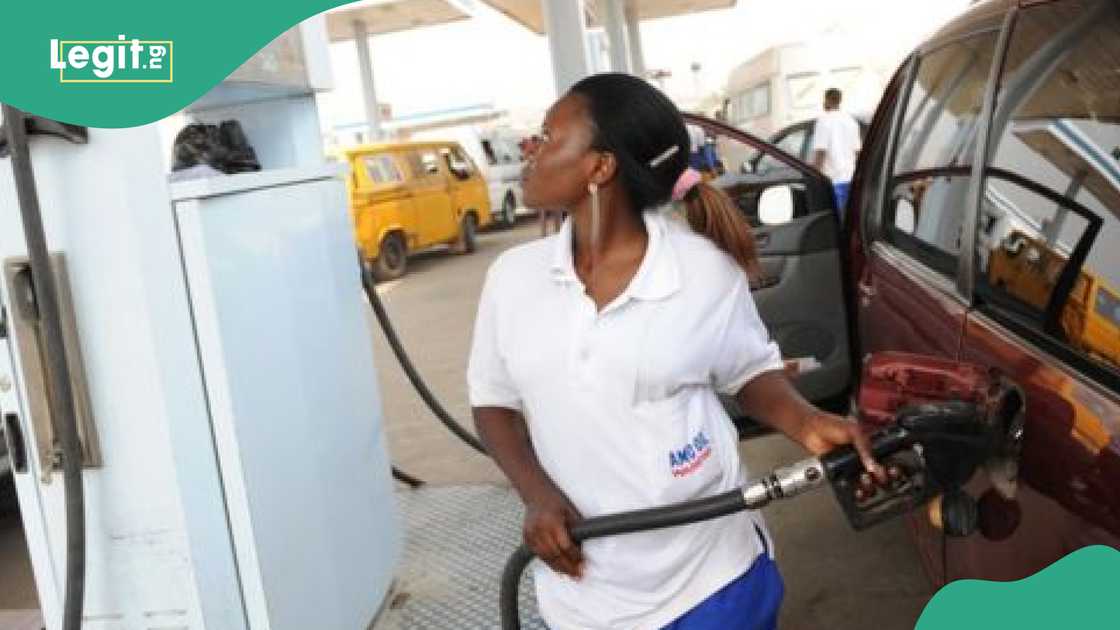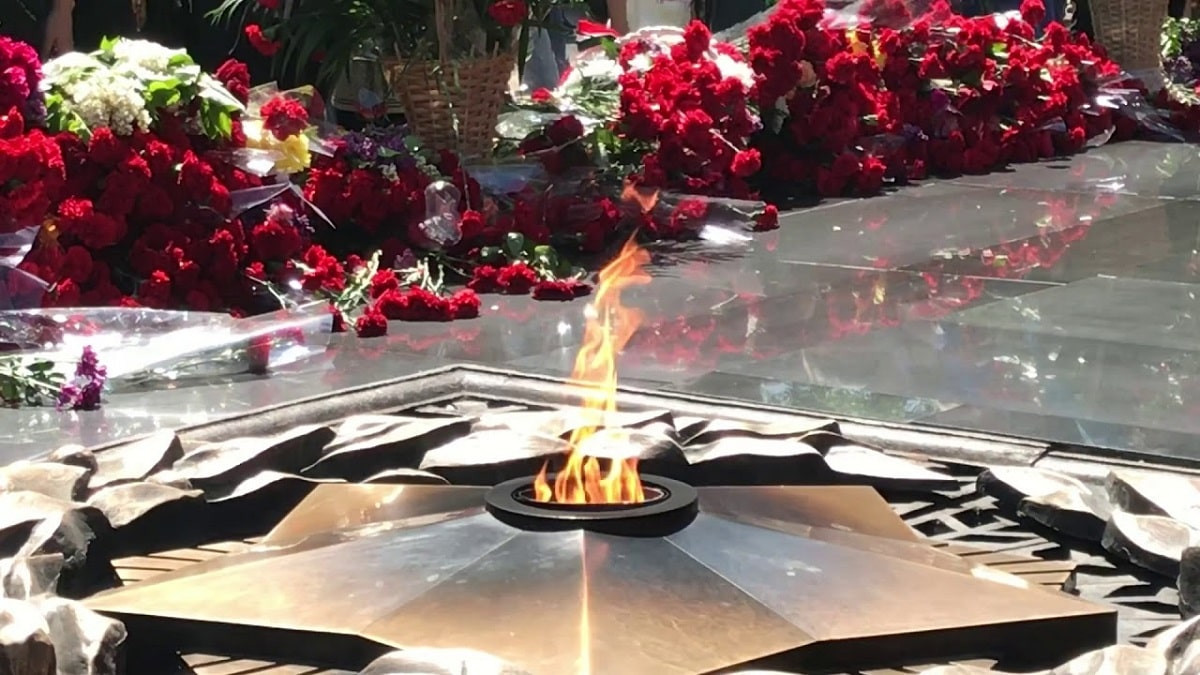Gambling On Disaster: The Case Of The LA Wildfires

Table of Contents
The Expanding Wildland-Urban Interface (WUI): A Recipe for Disaster
The Wildland-Urban Interface (WUI) represents the zone where human development meets wildland vegetation. In Los Angeles County, the rapid expansion of the WUI over the past decades has created a highly combustible environment. Homes are increasingly encroaching on areas susceptible to wildfires, exponentially increasing the risk. This uncontrolled urban sprawl, driven by population growth and economic pressures, is a primary driver of increased wildfire frequency and intensity.
-
Inadequate Building Codes and Enforcement: Insufficient building codes and lax enforcement contribute significantly to the vulnerability of homes within the WUI. Many older structures lack fire-resistant materials, and even newer constructions often fall short of best practices for wildfire protection. This failure to adequately regulate building in high-risk zones directly translates to greater property damage and loss of life during wildfire events.
-
Lack of Defensible Space: A critical factor in mitigating wildfire risk is maintaining adequate defensible space around homes. This involves removing flammable vegetation within a certain radius of the structure, creating a buffer zone that can slow or stop the advance of a wildfire. However, many homes in the LA WUI lack sufficient defensible space, providing ample fuel for rapidly spreading fires.
-
Examples of Poorly Planned Developments:
- The Woolsey Fire of 2018 ravaged communities built directly adjacent to chaparral, demonstrating the devastating consequences of inadequate planning and building codes within the WUI. Hundreds of homes were destroyed, resulting in billions of dollars in damages.
- The 2020 Bobcat Fire highlighted the vulnerability of mountain communities with limited access and inadequate defensible space, leading to significant property loss and prolonged evacuations.
The Role of Climate Change in Intensifying Wildfire Risk
The impact of climate change on wildfire risk in Los Angeles is undeniable. Global warming is leading to longer, hotter, and drier fire seasons, significantly increasing the frequency and intensity of wildfires. This amplified risk is not merely a future threat; it's a present reality.
-
Prolonged Droughts: Prolonged droughts, a hallmark of climate change, exacerbate the dryness of vegetation, turning it into a tinderbox ready to ignite. This increased flammability fuels rapid fire spread, making wildfires significantly more difficult to control.
-
Increased Temperatures: Rising temperatures contribute to faster fire spread and more intense burning. Higher temperatures also dry out vegetation more quickly, expanding the area susceptible to ignition and creating conditions favorable for larger and more destructive wildfires.
-
Examples of Climate Change Impact:
- Data from the past decade reveals a clear trend of increasing average temperatures and prolonged drought periods in Southern California, directly correlating with increased wildfire activity.
- The increased intensity of recent LA wildfires, characterized by faster spread and more destructive burning, is strongly attributed to the effects of climate change.
The Economic Incentives and Political Challenges of Fire Prevention
The complex interplay of economic interests and political influence significantly hinders effective fire prevention strategies in Los Angeles.
-
Economic Incentives vs. Fire Prevention: The economic incentives driving development often outweigh the perceived costs of fire prevention, leading to risky development practices. The pursuit of economic growth can overshadow environmental concerns, resulting in lax regulations and inadequate funding for fire mitigation efforts.
-
Political Influence and Lobbying: Powerful lobbying groups, often representing development interests, can significantly influence policy decisions, often favoring development over stricter fire safety regulations. This political landscape can make it challenging to implement robust fire prevention measures, even when scientific evidence strongly supports the need.
-
Insufficient Funding: Insufficient funding for wildfire prevention and mitigation efforts further exacerbates the problem. Limited resources for forest management, defensible space creation, and early detection systems hamper proactive efforts to minimize wildfire risk.
-
Rising Insurance Premiums: Rising insurance premiums reflect the increased wildfire risk, making homeownership in high-risk areas increasingly unaffordable for many. While this may incentivize safer building practices, it also disproportionately affects lower-income communities.
-
Political Battles: Numerous examples exist of battles between environmental advocacy groups and developers, often involving legal challenges and political lobbying efforts concerning zoning regulations and building codes in high-risk areas. These battles often result in delays or compromises that weaken fire safety measures.
Insurance Implications: A High-Stakes Gamble
The increasing cost and unavailability of wildfire insurance in high-risk areas underscore the financial consequences of living in the WUI. Insurance companies are increasingly responding to the heightened risk by raising premiums, denying coverage, or withdrawing from high-risk zones altogether. This leaves many homeowners facing financial ruin in the event of a wildfire, highlighting the high stakes involved in continuing risky development practices. The affordability and accessibility of insurance are becoming significant factors influencing housing decisions and community planning within the WUI.
Conclusion
The devastating LA wildfires are not simply acts of nature; they are a complex interplay of environmental factors, human decisions, and the undeniable impacts of climate change. The "gambling on disaster" mentality, driven by unchecked development in high-risk zones, has demonstrably increased the vulnerability of communities and the environment. We must move beyond reactive measures and embrace a proactive, comprehensive approach. Implementing stricter building codes that incorporate wildfire-resistant construction, investing substantially in robust fire prevention measures, aggressively addressing the underlying issue of climate change, and promoting responsible land management are crucial for mitigating future risks. Let's stop gambling on disaster and build a more resilient and sustainable future for Los Angeles. Learn more about wildfire prevention initiatives in your area and advocate for responsible development policies that prioritize safety and environmental protection.

Featured Posts
-
 Pakistan Stock Exchange Outage Amidst Market Volatility And Rising Tensions
May 10, 2025
Pakistan Stock Exchange Outage Amidst Market Volatility And Rising Tensions
May 10, 2025 -
 Kas Nutiko Dakotai Johnson Nuotraukos Ir Paaiskinimai
May 10, 2025
Kas Nutiko Dakotai Johnson Nuotraukos Ir Paaiskinimai
May 10, 2025 -
 Warren Buffetts Legacy Examining The Canadian Billionaire Successor
May 10, 2025
Warren Buffetts Legacy Examining The Canadian Billionaire Successor
May 10, 2025 -
 Nigerias Fuel Market The Role Of Dangote And Nnpc In Price Determination
May 10, 2025
Nigerias Fuel Market The Role Of Dangote And Nnpc In Price Determination
May 10, 2025 -
 9 Maya V Kieve Kto Iz Soyuznikov Ukrainy Priedet
May 10, 2025
9 Maya V Kieve Kto Iz Soyuznikov Ukrainy Priedet
May 10, 2025
